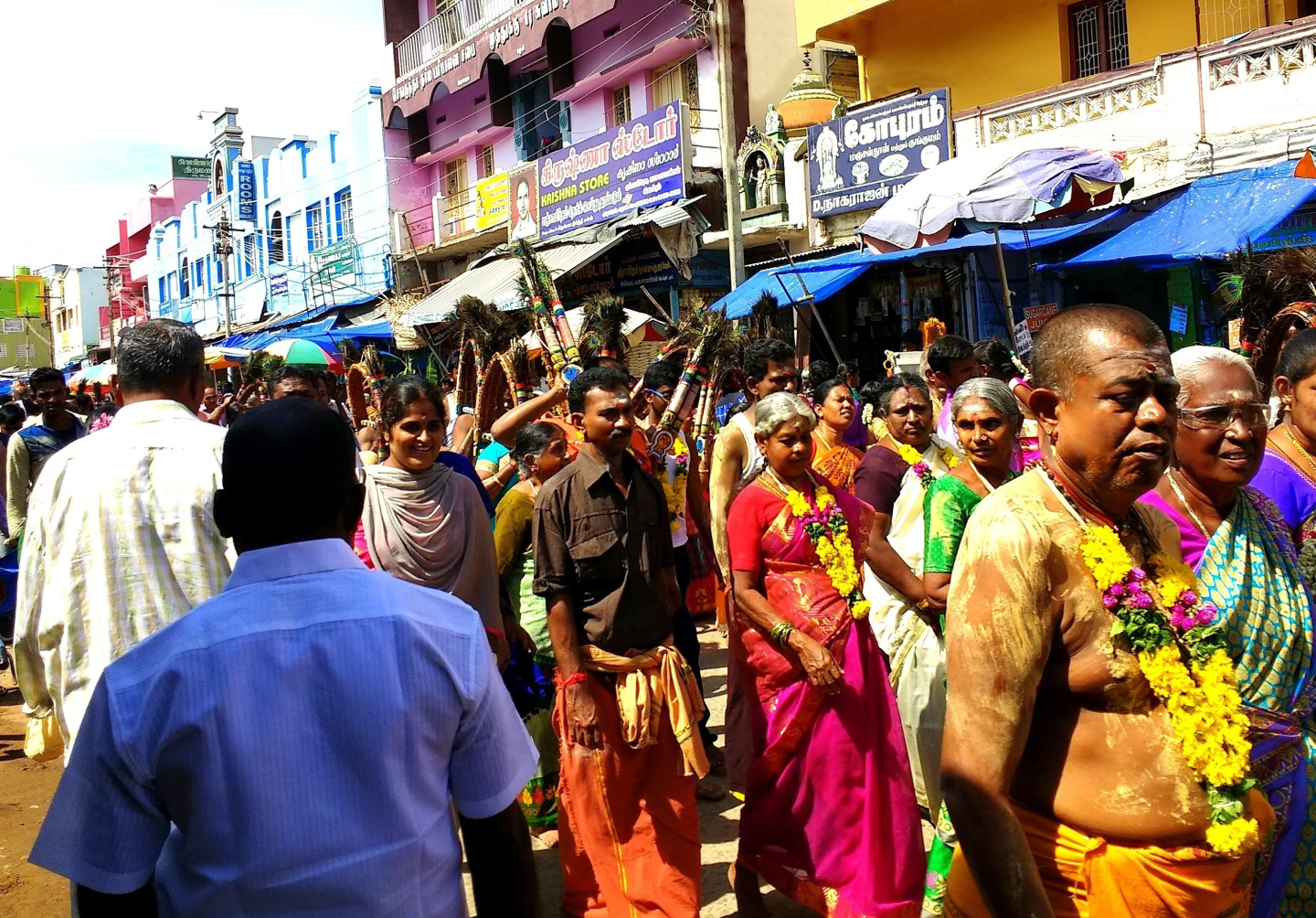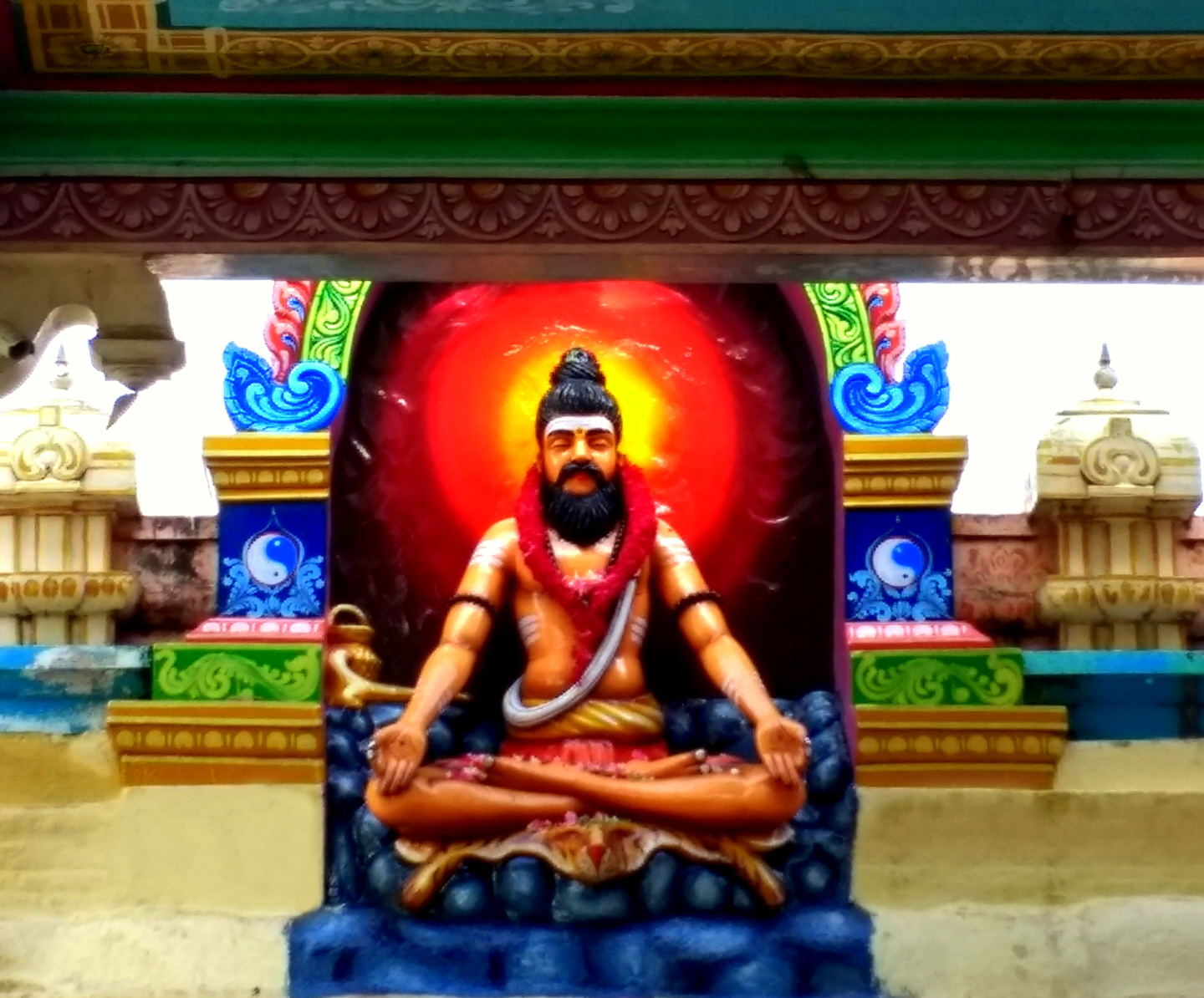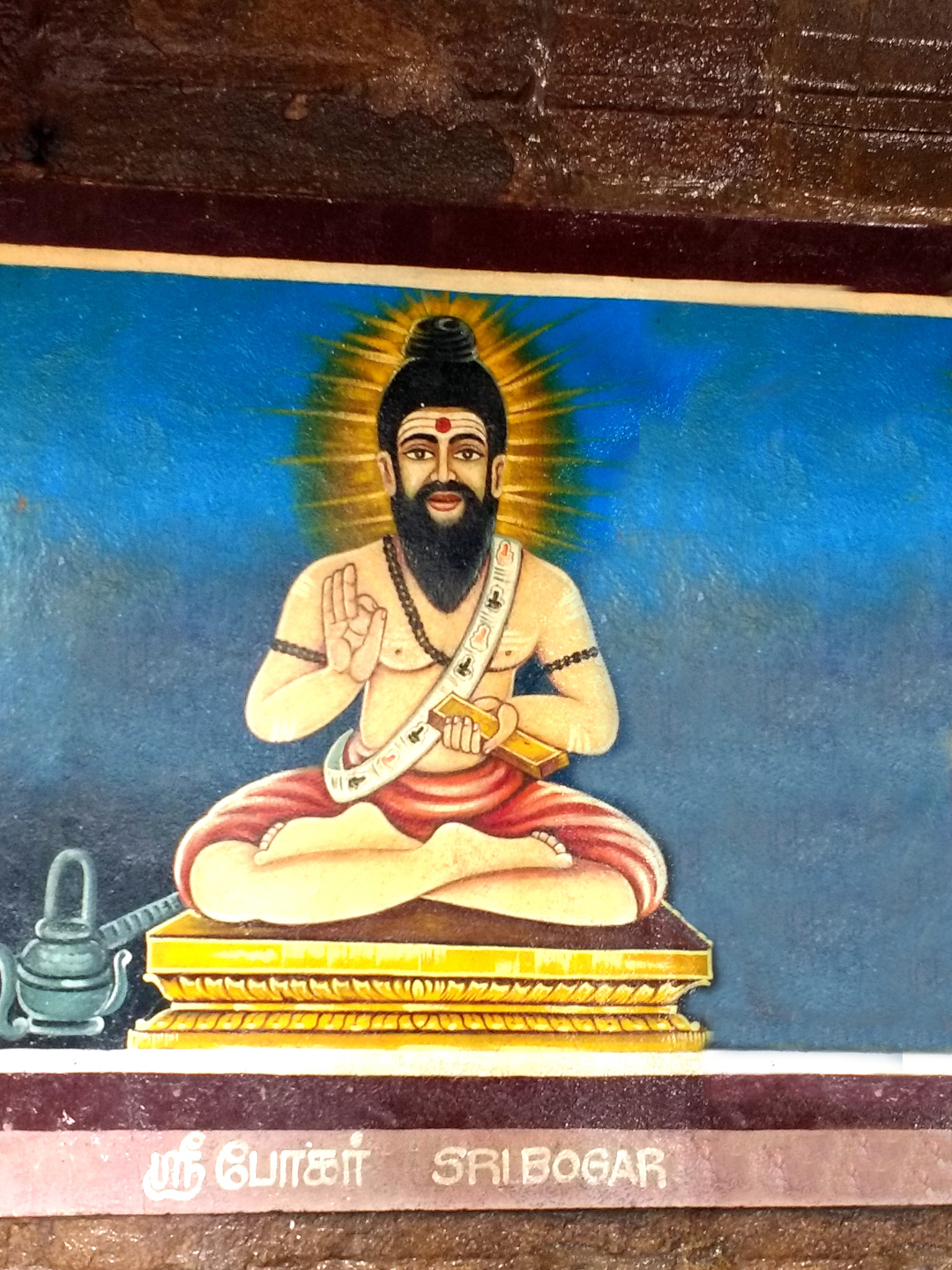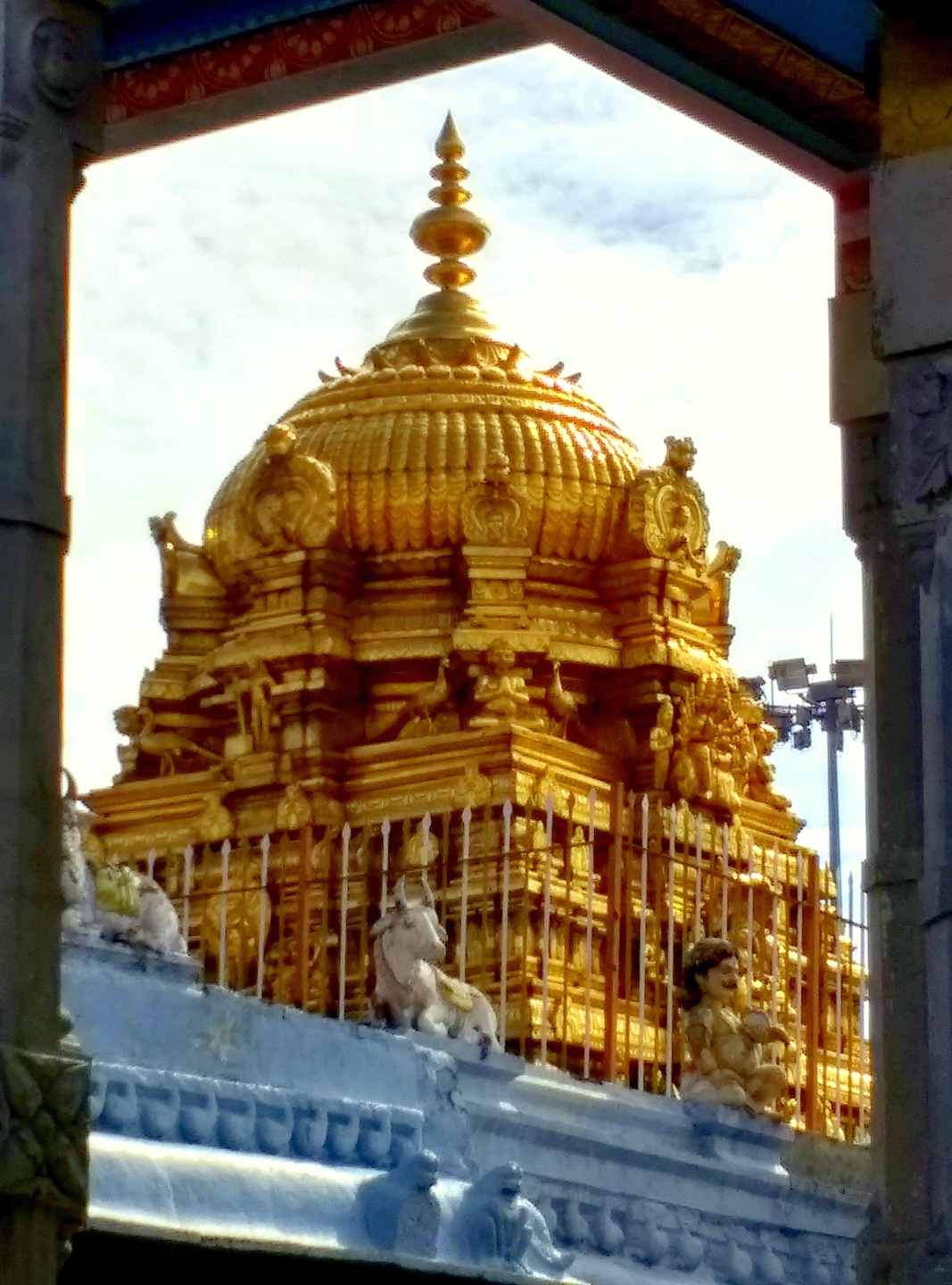Traveling in Tamil Nadu 2017
TRAVELING IN THE FOOTSTEPS OF THE DRAVIDIAN SIDDHAS
Roots of Ancient Dravidian Culture in Tamil Nadu - South India
South India and especially Tamil Nadu is not generally at the top of the list in the itinerary of tourists visiting India (nor with
North Indian tourists). Although, many business people involved in the high tech computer industry from around the world
go to Chennai for the expertise of South India’s computer programmers. (South Indians continue to be disproportionately
responsible for the development of India’s computer industry.)
Tamil Nadu is the seat of ancient Dravidian culture and of a remarkable empire that once evolved highly complex
philosophies, poetry and literature, as well as magnificent architecture. Dravidian culture extends to the states of Andra
Pradesh, Karnataka, Kerala, Pudacherry as well as, Tamil Nadu.
Historically, South India was never successfully invaded by any military, so it is the only location in India that has enormous
stone temple complexes taking up many acres dating back a thousand years. Each Southern state has one or two such
temples, but the majority are found in Tamil Nadu. (see: Embrace Sacred Places. Org which has five of the complexes
including Srirangam)
Also, all South Indian languages have their roots in Tamil, the language of Tamil Nadu.
FASCINATING & NOTEWORTHY
The influence of Dravidian religious culture and most especially architecture can be easily seen in the Hindu
stone temples of Angkor Wat, Cambodia, in the stone Cham Temples of Viet Nam and even in stone carvings in
stone Hindu temples of Java, Indonesia.
See; Embrace Sacred Places.Org - Hinduism; Java, Angkor Wat (has it’s own section on the menu and Viet Nam.
PALANI
A City with Heart
Palani is the Spiritual Heart for Hindu Dravidians. Palani is a very open-hearted, open-minded town which is
uncharacteristically friendly for Tamil Nadu, (with the exception of Tiruvannamalai which has seen many visitors due to the
international appeal of the saints Ramana Maharishi, Ram Surat Kumar and Seshadri Swamigal) who made
Tiruvannamalai their home. It is the opposite in reserve that most outsiders will encounter, for instance, in the famous
temple town of Chidambaram.
Palani attracts thousands of pilgrims every day. (A photo of some of them at the temple can be seen above. It should be
noted that beards on men are quite popular in Tamil Nadu and they have no bearing on pilgrimage procedure. Shaving the
head and covering it with sandalwood paste is a part of the ritual for some devotees. The elderly woman rolling sideways
towards the temple entrance has had a prayer answered and is showing her devotion.)
Background on the Siddha (Siddhar) Tradition
Those that follow the path of the Siddha tradition which is a philosophy and practice very similar to Northern India Yoga, is
not considered a religion. However, whether individual Siddhas agree with inclusion or not, like Yoga, it is included by Hindus
into their fold.
It is believed that the Siddha tradition was founded by early saints with extraordinary miraculous abilities - originally
numbering 18. The first Siddha is generally noted to have lived in the 7th or 8th century, B.C. (Many scholars believe that
North Indian Yoga was established through the South Indian Siddha tradition.)
Siddhas (or Siddhars) are not necessarily monks and can marry if they wish. Orthodox monks and ashrams have not been
part of the traditional Dravidian culture although changes in this perspective in some areas ,including Palani, in recent times
have come about. However, traditionally orthodox celibate swamis and monks have not been well received in Tamil Nadu.
Some Aspects of Culture & Government in Tamil Nadu
Another unusual characteristic that people from North India or those who have spent time in North India will see, is the
wearing of ocher cloth by non-religious lay people. For those accustomed to greeting swamis or monks in North India
according to the ocher robes, ocher kurda etc, this requires consideration.
For decades, the Tamil Nadu state government has proclaimed that it is atheist, but politicians frequently participate in
religious ceremonies, even going to the extent of requiring that they be honored with Deparathi and expect bowing as though
they are incarnations of the “Divine.”
Hypocritical politicians are certainly nothing new for this world! The vast majority of Tamil people are religious.
Although the Hindu greeting “Namaste” is universal throughout most of Northern India, in Tamil Nadu it is Namaskaram or
Namaskar.
Temple Complexes - Nayanmars & Siddhas
Most ancient temple complexes in Tamil Nadu are dedicated to Shiva as the “Divine.” In Dravidian tradition there are 63
Nayanmars, (devotional saints who are connected to South Indian Shaivism.) Often all 63 Nayanmars are represented in
the large temples. In the case of Vaithiswarankoil Temple (seen in some of the above photos), the Nayanmars are not
represented. Interestingly, reverence has been shown to the temple by some of the earliest philosophic Siddhas who
reputedly performed Abhisheka (Abhisekam - rituals) there. In addition, the more recent Ramalinga Swamigal, considered
a Siddha composed beautiful poems about the temple.
As always, nothing is absolute in any Indian philosophy or religion.
Staying in Chidambaram as a Base
Many visitors traveling to Palani, Vaithiswarankoil Temple and other near by pilgrimage sites, will stay in the town of
Chidambaram. (The large temple complex in this town being the home of the famous Nataraja (dancing Shiva) statue.
(see: Embrace Sacred Places.Org - Hinduism
Though Indians have a reputation worldwide for entrepreneurship when given the opportunity. This is in no way evidenced in
Chidambaram. The town makes few concessions to visitors that could make their stay easy or necessarily pleasant.
Chidambaram: Food - Times for Eating etc….
One of the problems, is what you can eat and when you can eat it. The number of restaurants are limited and they cook
and prepare what they want when they want. The general times for eating breakfast, lunch or dinner in most countries
worldwide has little bearing on what is available to eat during those times in Chidambaram. In short, they do what is
convenient for them and is generally not convenient for anyone else. We have surmised that as Chidambaram is a Shiva
temple the townspeople have decided that, like Shiva, an ascetic, all visitors should observe abstinence from frivolous living
including eating.
There is more than ample opportunity for anyone with initiative to make a healthy profit from the pilgrimage, tourist industry.
However, few locals take advantage of this fact and there is much that pilgrims and visitors need and want which is not
available to them.
(As they say in New York - “Go figure.”)
Conclusion -
The Joy of Palani
Visiting Palani and staying there is a wonderful experience. There are a variety of hotels and pilgrim lodges that are
comfortable and clean. The proprietors and front desk staffs are generally perceptive and quite helpful. There are numerous
food outlets. Many which are vegetarian. If you like Indian sweets there are ample delicious bakeries with inquisitive and
amusing teenagers working in them. (They might even sneak in some extra sweets for you)
Finding and learning ancient traditions from modern teachers following the Siddha path or born into the Siddha path is a
noteworthy experience and a genuine pleasure. Shrimath Sivananda Pulipani Swamigal (see: his photo in CURRENT) was
incredibly patient with the Founders asking him dozens and dozens of questions and he is a kind, as well as,
knowledgeable person that was born into a Siddha linage.
Vaithiswarankoil Temple
Vaithiswarankoil Temple is in the worst physical condition that we’ve seen in any temple anywhere. We were unable to
provide many photos of it, due to its’ desperate need of cleaning, repairs and maintenance. Nevertheless, despite the deep
litter and trash running from Chidambaram to the temple clogging every stream, the temple should be seen. Other parts of
Tamil Nadu are pristine. The neglect in this area is an embarrassment.
Beloved Ramalinga
Both Ramalinga’s - Sathaya Gnana Sabha Temple and Siddhi Valagam where in January 1874 he dissolved into light,
leaving no trace of his body behind, are deeply spiritual places. Many people (even Europeans who have found their way
there) feel a pulsing coming from the wall and door of the room where he left the physical world.
The people here are very polite, feed the hungry and are well educated in large numbers. They are prepared to help anyone
in any way possible who comes to visit. One woman who hailed us told us that she has two daughters getting university
educations in the United States and Canada. Ramalinga’s temple and the Siddha Valagam should not be missed.
Embrace Foundation is a non-profit,
educational foundation set up to create
better understanding between people of
different religions, cultures, traditions and
world philosophies.
Embrace Foundation works to bring leaders
and scholars of world-wide religions,
cultures and philosophies together by
sponsoring forums, seminars, lectures and
developing an international exchange
program. Embrace Foundation is particularly
concerned with reaching the world public
through the media.
Purpose
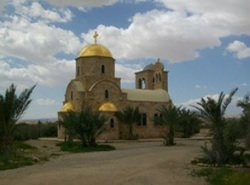
Donations
Embrace Foundation is an all volunteer
organization. All donations go directly to
programs.
Embrace Foundation does not and has
never given permission to any outside
organization to solicit or receive
contributions on our behalf.
All donations should be made to Embrace
Foundation only via Paypal or by mail. All
donations are tax deductible. A receipt will
be emailed to you. Please click on the Pay
Pal link below to Donate.
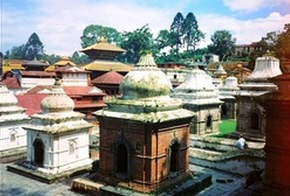
Travel As An Interfaith Act
Embrace encourages all who can do so, to
learn about other traditions and cultures by
traveling as “Grassroots Diplomats.” We
hope that people every where become life
long students of our world-wide humanity.
“ In every man there is something wherein I
may learn of him, and in that I am his pupil.”
R.W.Emerson
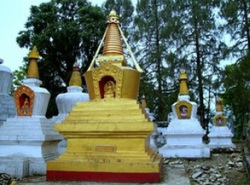

Embrace Humanity

Great Visions - TV
Guests are: Swami Satchidananda &
the Rt. Reverend Dean Parks Morton
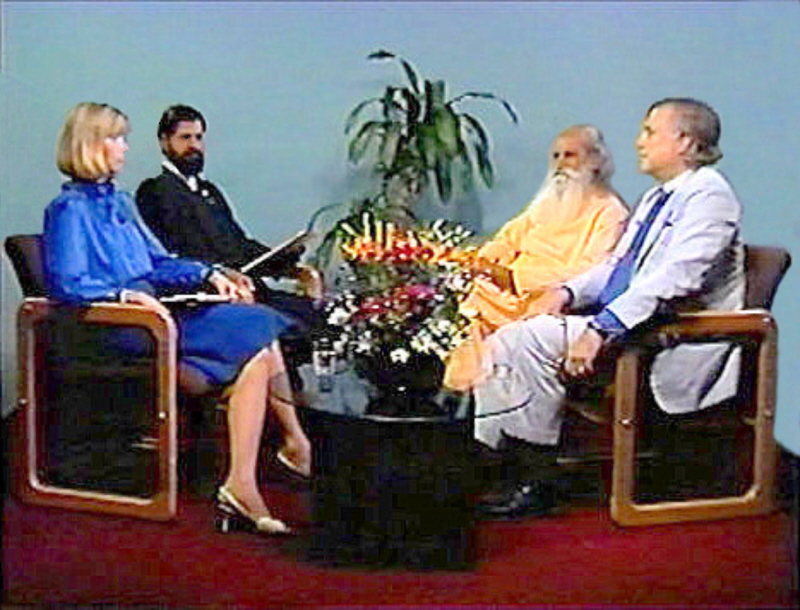
Embrace Archives
Limited Editions Gallery
Umrah - Jordan
Embrace Sacred Places
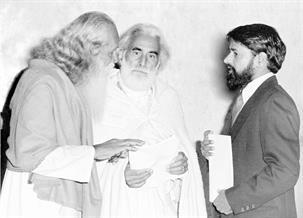
Monastery of Bahira - Syria
Embrace Foundation Universal
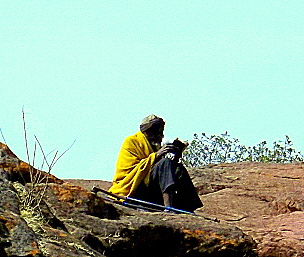
Monk Reading - Ethiopia
Thank you for making a donation.
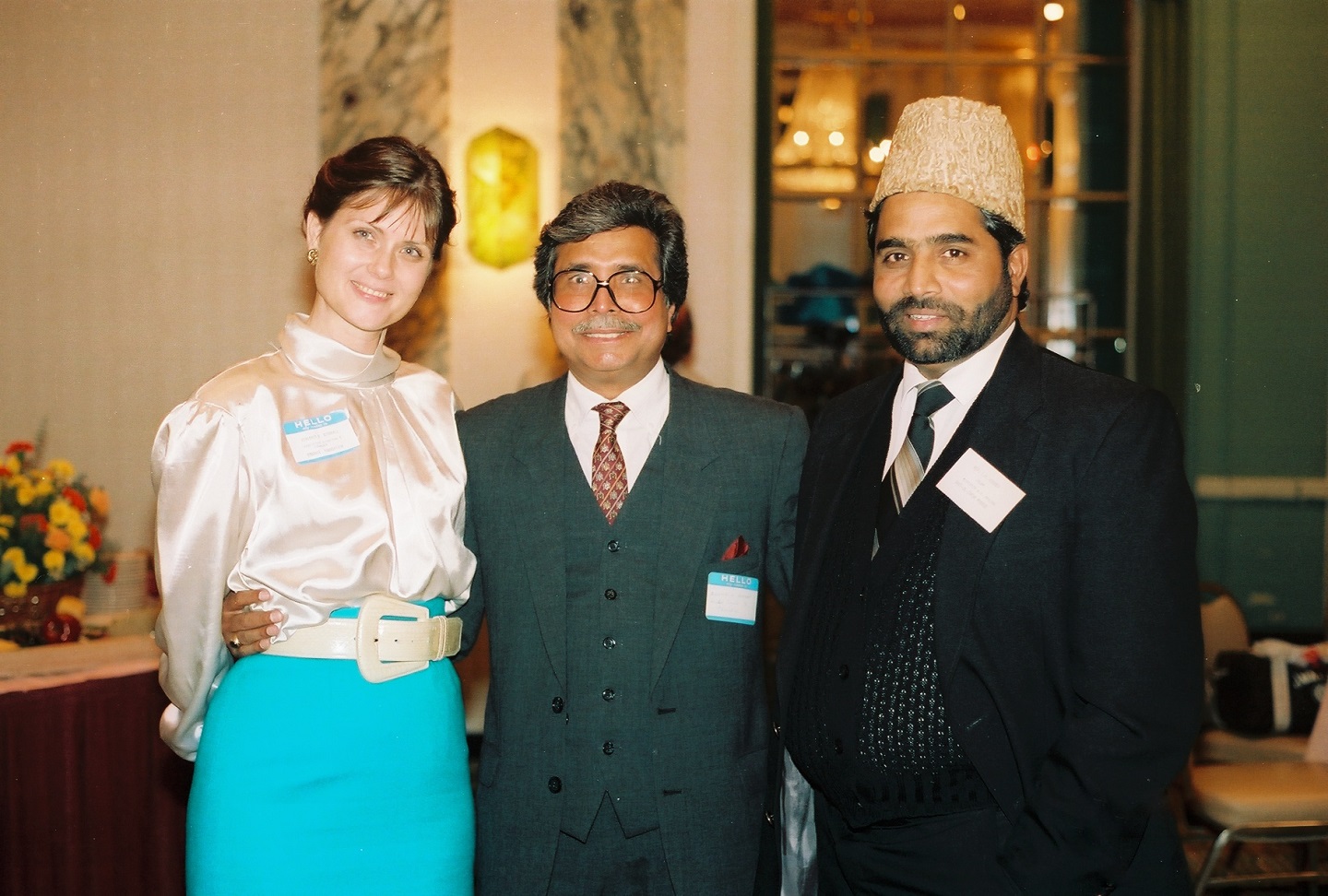
Virginia (Embrace), Dr.Anwar Barkat (World Council of Churches, UN) & Imam I.H. Kauser
Embrace Archives
- Great Visions TV
- Inspirations
- Media
- Possibilities
- Astrophysics, Quantum Physics & The Nature of Reality
- Deconstructing Nuclear Fission & Nuclear Waste
- Defense Industry as Community Builders
- Defense Industry As Energy Providers
- Global Water Shortages
- Innovative Technology
- Intelligent Communities & Development
- Pentagon & Non-Western Nations
- Recreating
- Resource Based Population
- Sharing Community Resources
- Protecting Human Rights
- Spiritual Ecology
- Syria
- Write to Us
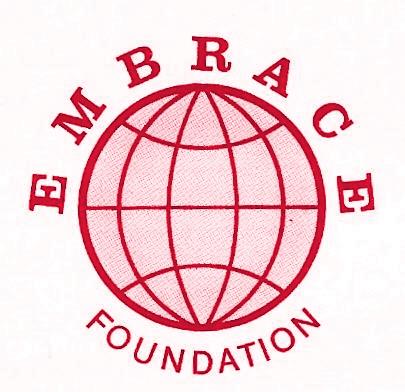
Embrace Foundation Retreat Center
Embrace.Foundation (skype messaging) - 011+1+212.675.4500 (New York)
Click to Email Us

Embrace Foundation International

